Reviving camellias
laylaa
16 years ago
Related Stories
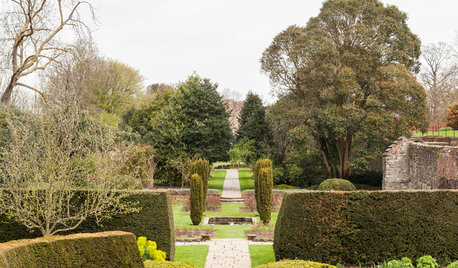
HOMES AROUND THE WORLDGarden Tour: A Rich History Is Revived at Eltham Palace
This classic English garden mixes medieval relics with 1930s style
Full Story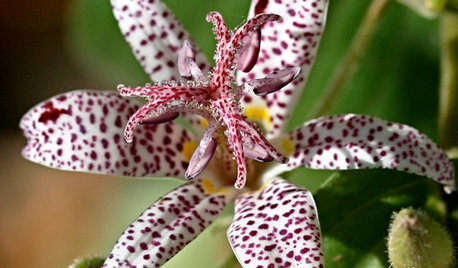
SUMMER GARDENING10 Perennials to Extend Your Garden's Summer Color
Revive summer-weary gardens with outstanding late bloomers such as toad lily, Russian sage, blanket flower and more
Full Story
TRADITIONAL HOMESHouzz Tour: Historic Coastal Home Is Rescued From Neglect
A designer lavishes TLC on a splendid Normandy revival house in Laguna Beach, embracing its original style in the renovation
Full Story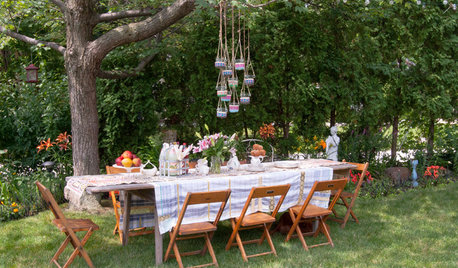
ENTERTAININGHow to Host a Tea Party at Home
Many people are reacquainting themselves with the gracious British ritual, steeped in tradition, that is perfect for an outdoor gathering
Full Story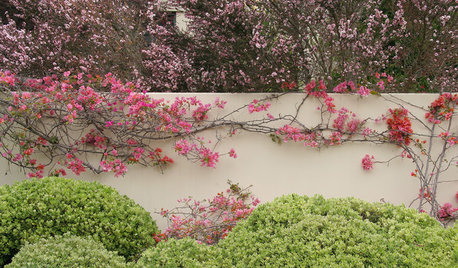
LANDSCAPE DESIGNThe Art of the Espalier
Go ahead, let limited garden space drive you up the walls. With these 6 ways to train plants vertically, it can be a beautiful thing
Full Story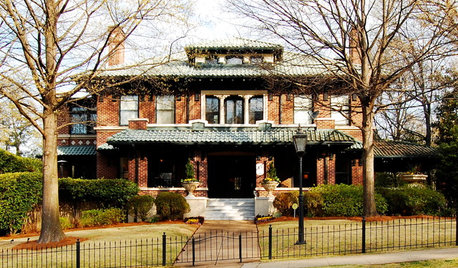
ARCHITECTUREStates of Style: Alabama’s Icons Leave Their Mark
In the first of a new series, discover the natural beauty, the architectural icons and some of our favorite homes deep in the heart of Dixie
Full Story
LANDSCAPE DESIGNCalifornia Says Goodbye to the Sprawling Ornamental Lawn
New state rules will effectively limit turfgrass to 25 percent of the landscape in most new and renovated yards
Full Story
More Discussions






luis_pr
laylaaOriginal Author
Related Professionals
Forest Acres Landscape Architects & Landscape Designers · Marco Island Landscape Architects & Landscape Designers · Aurora Landscape Contractors · Pelham Landscape Contractors · Coram Landscape Contractors · Gresham Landscape Contractors · Mission Bend Landscape Contractors · Pleasant Grove Landscape Contractors · Ringwood Landscape Contractors · Southbury Landscape Contractors · University City Landscape Contractors · Woodbury Landscape Contractors · Oxon Hill Landscape Contractors · Stafford Swimming Pool Builders · Summerlin South Swimming Pool Builders